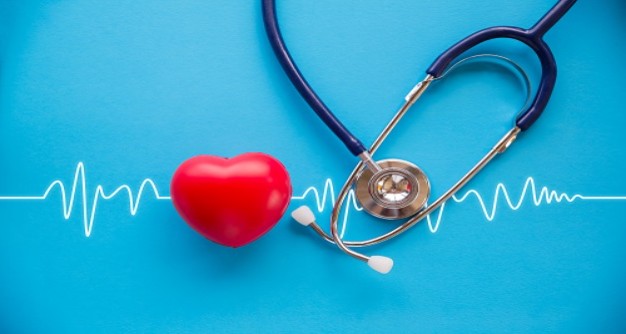Non Invasive Cardiology
Get Advanced Non-Invasive Cardiology Care In 2024
City Medical & Fertility Center is the region’s top Non-invasive Cardiology care provider. We place great emphasis on heart health, and we use the latest non-invasive cardiology technology to check the condition of your heart without necessarily having to cut or use needles.
Our competent cardiologists use these instruments to treat and discover heart complications without surgery. The focus for you is on achieving appropriate results faster and more easily, which involves tailored solutions. Let City Medical & Fertility Center support you in sustaining a healthy heart!


Trust In Citymedifertility.
What is Non-Invasive Cardiology?
Why Choose Non-Invasive Cardiology?
Safety
The risk of bleeding, infection, or complications related to passing catheters through the heart is minimized.
Painlessness
Many non-invasive tests are generally comfortable and can be done with minimal discomfort.
At your convenience
Most of these tests are carried out on an outpatient basis, thus enabling you to return to your normal day-to-day activities early.
Cost-effectiveness
Non-invasive diagnostic tests are comparatively cheaper than invasive ones.
Our Non-Invasive Cardiology Services
Echocardiography
Echocardiography is an imaging technique that employs sound waves to provide images of the heart’s anatomy and physiology. It is a painless technique that doctors use to evaluate the heart’s chambers, valves, and pumping power, thereby enabling them diagnose valve problems, heart failure, and congenital cardiac anomalies.
Stress Testing
A technique to study how your heart works during physical activity. It also helps detect whether you have coronary artery disease, determine how well you can exercise or how effective your cardiac treatment is and assesses exercise capacity. Our medical centre offers both exercise and pharmacological stress tests for patients in various fitness levels.
Holter ECG
Holter EKG: Holter EKG is a tiny machine, which you wear, that records electrical activity of your heart for 24 to 48 hours. It constantly monitors your heart and helps our Cardiologists diagnose irregular rhythms like atrial fibrillation and drug efficacy in arrhythmias.
Cardiac Magnetic Resonance Imaging (MRI)
Cardiac MRI is more sophisticated in terms of imaging procedures where strong magnets are used together with radio waves to take detailed pictures of the heart and its blood vessels. The images produced are of high quality of the heart muscle and can be used for diagnostic purposes such as myocardial infarction, myocarditis or congenital malformation.
Nuclear Cardiology
Nuclear cardiology is the use of small amounts of radioactive tracers to evaluate myocardial blood flow to detect regions of hypoperfusion or scar tissue; these techniques, such as PET and myocardial perfusion scans, can be used to diagnose coronary artery disease (CAD) and assess heart viability.
Vascular Ultrasound
Vascular ultrasound uses high-frequency sound waves to visualize blood flow and identify any obstructions or abnormalities in arteries and veins. This non-invasive imaging modality plays a crucial role in establishing the presence of peripheral artery disease (PAD), deep vein thrombosis (DVT), or carotid artery stenosis.
Benefits of Non-Invasive Cardiology at City Medical & Fertility Center
Early Diagnosis
Early heart disease spotting is possible with our advanced non-invasive methods, allowing timely intervention and better long-term outcomes.
Personalized Therapy
This correct diagnosis enables the doctor to design a treatment plan that suits your needs and condition.
Preventive Care
Conducting regular non-invasive screenings can reveal signs of heart disease risks that can be addressed through lifestyle changes, medication, etc., as preventive measures against future complications.
Better Living Conditions
A timely detection and management of cardiovascular diseases can significantly enhance your health status and quality of life.
